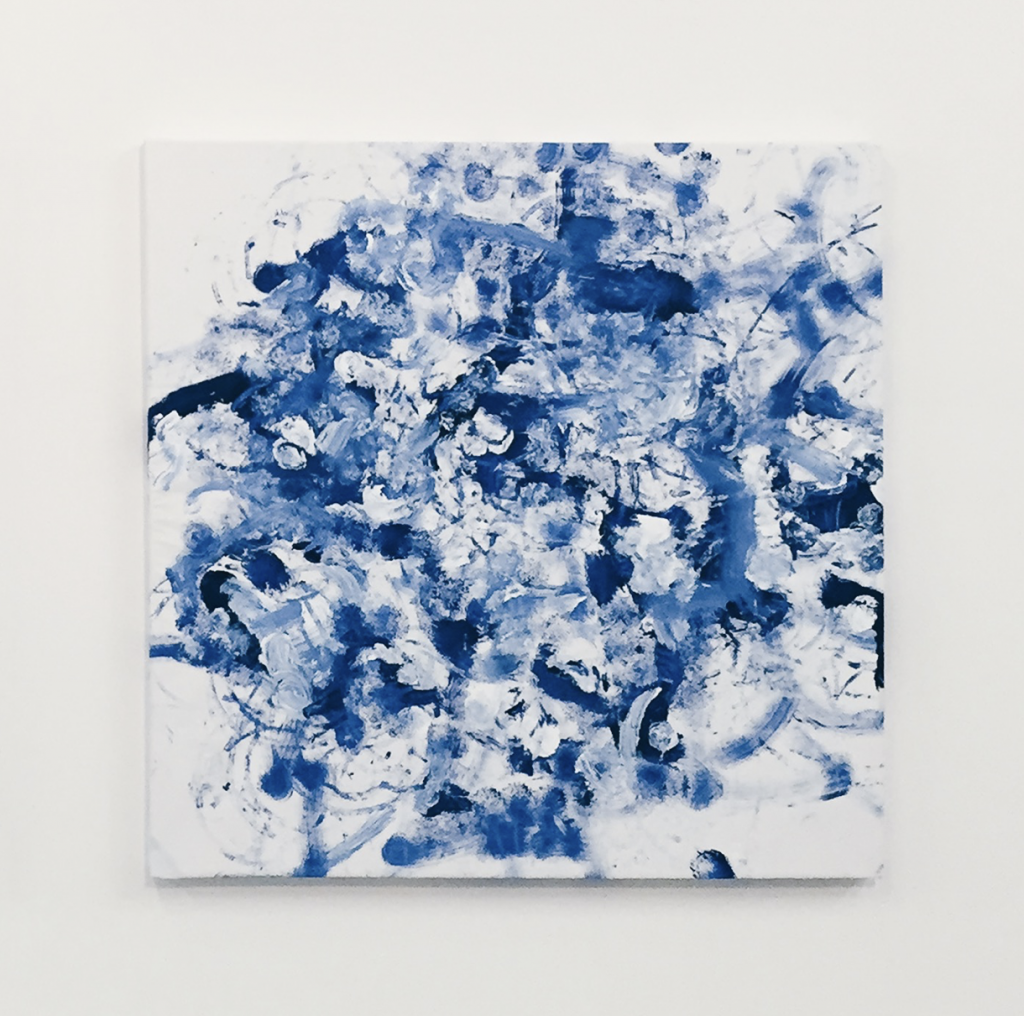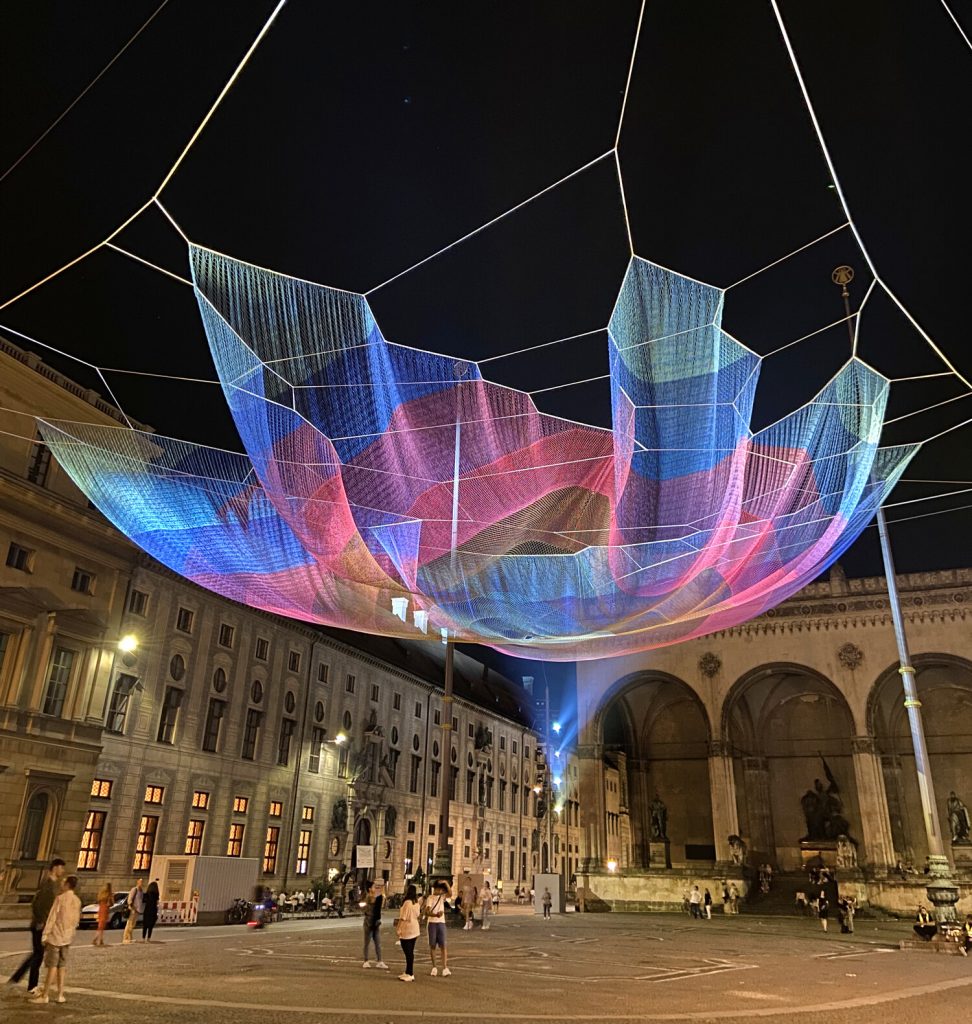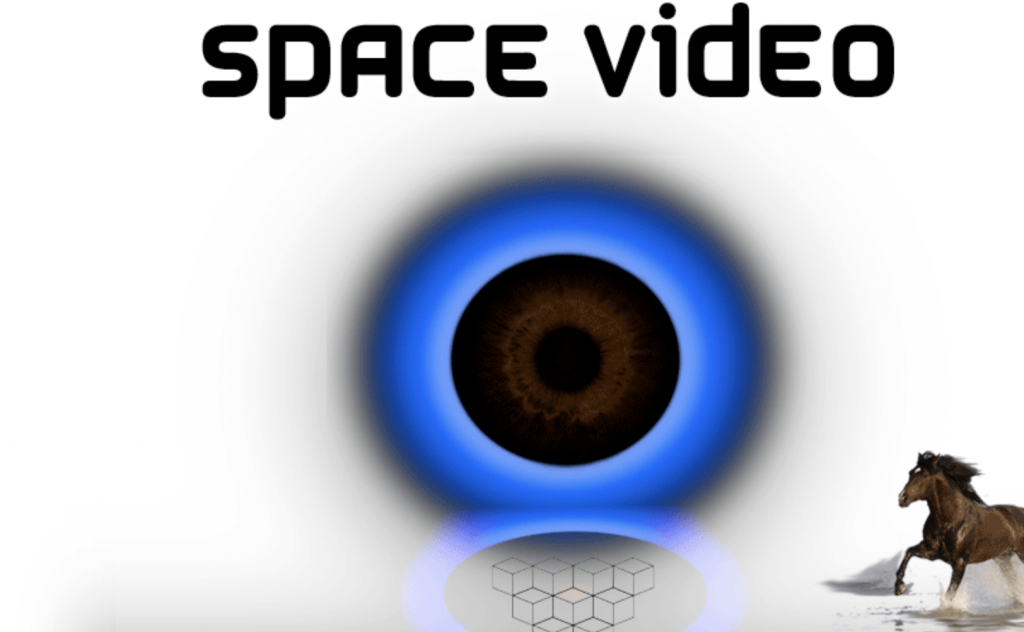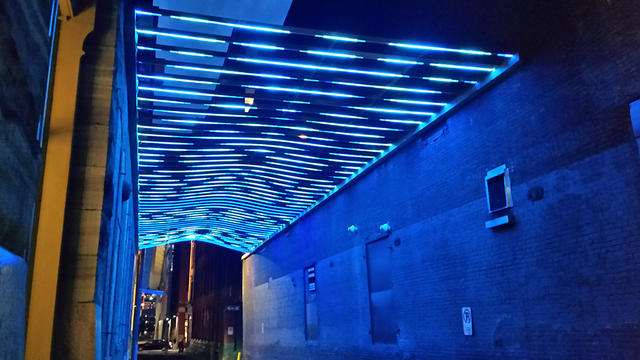I really admired the work of Andrea Crespo. Especially the Legions project. The artwork is a video based on school shootings in the US. The artwork can be disturbing to a few but I found it to be really interesting and an accurate representation of a tragic yet true reality. The artwork consists of a culmination of things such as basic sketches to single or two words that are really impactful,, it also has animated and blurred digital art which conveys the aftermath of the preamble before the shootings. In my opinion, the artwork is really impactful with all the presented elements. The artist herself is a US resident thus, her portrayal of this horrific issue is rather close to heart. Andrea was born in Miami, and has studied in Pratt institute, she currently lives in New York City. Andrea has been a part of numerous exhibitions, solo exhibitions and screenings and works with multiple mediums. She makes artworks on political and social issues which make her work very relatable and impactful for the general public.
Category: LookingOutwards-09
Blog 09 – Women and Non-Binary Practitioners in Computational Art – srauch
For my piece, I picked ENIGMA, a computer-generated film created by Lillian Schwartz in 1972.
Schwartz worked out of Bell Labs’ Acoustical and Behavioral Research Center from 1968 to 2002, and during her time there, she created a series of videos that were visual output of computer algorithms, ENIGMA being one of them.
What I find so remarkable about her videos is that they were algorithmically generated, but because of the technology at the time, they were physically produced. Each frame the computer output had to be burned into 35mm film one at a time, and then the film itself had to be developed before Schwartz could see the image. Schwartz fluently used the kind of creative thinking afforded by computer-generated art decades before such computational art was accessible or even necessarily made sense to make, allowing her to produce art that is completely unlike anything else being made at the time. As she said in an interview, “I’ve always been interested in what different media could provide me in terms of creating something that had never been seen before or provoke me to create in ways I had not created before.”
Her work prompts me to think about how art can inspire technology. Art is perhaps an excellent place for an algorithm or computer program to begin its life, because there isn’t initially an expectation that it’s perfect or exactly efficient. Freed from the initial constraints of functionality, new creative ideas can flow and grow, and by the time the program is being translated into the practical realm, it’s become something completely new.
anabelle’s blog 09
One work I find inspiring is Claudia Hart’s The Flower Matrix. Hart is one of the pioneers from the 80s XR emergence in art. She received her education in at and architecture from NYU and Columbia and now teaches as a professor at the Chicago Institute of Art. I think it’s particularly cool how she combines physical spaces with the VR space to create a magical, surreal space that raises the question on what is “natural” and “real.” The entire exhibit is a small, isolated room covered in matrices and flashing images, which effectively convey the “surreal” effect she wants. The fact that there is also a sound element to the exhibition just makes it more complex and cooler. The multiple elements she balances in this work reminds me of the object arrays we’ve been learning about in lecture, where the VR, physical, and audio are all objects in the flower matrix array.
One of the flashing images that covers the walls of the exhibits:
Looking Outwards-09
For this week’s blog, I wanted to highlight the accomplishments and work of Sougwen Chung, a Chinese-Canadian female identifying multidisciplinary artist who bases the majority of her art on the conversation between humans and machinery. She is a former researcher at MIT’s Media lab, and currently works in a London-based studio. A specific piece that I found uniquely interesting is her piece called “Omnia per Omnia”, in which the project reimagines the traditional art of landscape painting as a collaboration between an artist, a robotic swarm, and the dynamic flow of a city. Chung creates these beautiful and intriguing artworks through the collaboration of ‘Doug’, her robotic arm that paints, powered by artificial intelligence. Chung uses the arm alongside other robots in her artworks, working together in a sort of dance. I admire the creativity and nuance approach Chung utilizes throughout her art pieces, each project more unique and meaningful than the other.

lo: non-men in computational art
One project from a woman artist that caught my eye a while ago is CAre BOt by Caroline Sinders. Sinders is an artist and designer who studies digital spaces and patterns and responds to them with her projects. CAre BOt is sort of an extension or spin-off of another one of her projects – the Social Media Breakup Coordinator – that addresses the irresponsible social media policies concerning harassment and abuse. The chatbot was given dialogue by Sinders that highlights the mistreatment of online victims, backed by her personal research of harassment on social media platforms. While interacting with CAre BOt, you can also learn a lot about that research and how social media sites are poorly designed systems. Many of her projects address system wide flaws in things and who they affect. Her artistic approach to data-driven research and issues allows users like me to learn about the data without being overwhelmed or even traumatized. It’s really interesting to me.
Looking Outward – 09


Janet Echelman creates artwork that brings together sculpture, architecture, urban design, engineering, computer science, and material science. She scales her sculptures to buildings and calls viewers to reflects on their experience and the relationships between our world’s many scales. She combines ancient craft with computer science to achieve her style. Earthtime 1.26 Munich invites viewers to consider the interconnectedness to each other and our planet, and become more aware of our sensory experience. One of many sculptures, this installation has been installed in 15 cities around the world. This physical form was first digitally modeled based on data collected that describes an earthquake in Chile in 2010 that created ripple effects and led to the earth’s daily rotation speeding up. Earth’s days shortened by 1.26 seconds. Made up of fibers, the installation hangs from buildings and is illuminated by many lights. This sculpture has over 361,728 knots! I really admire how interdisciplinary Echelman’s work is, along with the beautiful, colorful aesthetic. Her work completely transforms spaces and changes your perspective on your relationship to the rest of the world.
Title: EARTHTIME 1.26 MUNICH, GERMANY, 2021
Artist: Janet Echelman
Link: https://www.echelman.com/#/126-munich/
https://www.echelman.com/about
Blog 09: Space Video (2012)
By Ilia Urgen
Section B
Kate Armstrong is a Vancouver-based writer, exhibitionist, and artist. She has over 15 years of experience with focusing on the broader intersection of technology and art. Throughout her life, she has produced numerous exhibitions in Canada and internationally, created many works of art, and even wrote a few books on how technology and art intersect.
Today, we’ll take a look at one of Armstrong’s lesser-known works: Space Video.
Released back in 2012, Space Video is a 3-minute generative system that addresses ideas of exploration in relation to inner and outer space. It has a computer-generated algorithm that combines different snapshots of YouTube videos with various electronic sounds and synths. The video is meant to portray non-visual spaces in outer space. It is a mixture of space exploration, hypnosis, guided meditation, and science fiction, which is very trippy to the human eye.

LINK TO VIDEO: https://vimeo.com/136921326
The Game: The Game by Angela Washko
Angela Washko’s The Game: The Game is a feminist computational video game that explores the politics and tactics of the pick-up “artist” through the form of a dating simulator. As the player, you encounter several major “seduction coaches” who attempt to woo you through an array of techniques and practices taken from their instructional material – which range from cheesy and uncomfortable to out-right violent. In creating The Game: The Game, Washko essentially allows the player to understand and, in turn, expose and defuse the manipulative and disturbing practices of these pick-up artists. That’s also what I admire most about it; on the surface, it’s a strange, funny, and disorienting game; dig a little deeper, however, you’ll have a nuanced view of the social implications and power dynamics in the world of contemporary sex.
An associate professor of Art at Carnegie Mellon University, Angela Washko is a politically-active media artist working in a variety of mediums – namely, film, virtual environments, and interactive video games – with the aim of conveying unconventional stories from unusual perspectives in media. I’ve personally attended one of Washko’s lectures and, needless to say, I’m elated to have the opportunity to write about them.
https://angelawashko.com/section/437138-The%20Game%3a%20The%20Game.html
Andrea Polli
The project that I admire is Andrea Polli’s “Garrison Canal” light artwork that is in Downtown Pittsburgh. I have seen this work of hers in person, and it is very famous in Pittsburgh due to its beauty at night which makes it very instagram-able. What I did not know about his project was that it is a weather responsive light artwork. The light turns the alleyway into an imaginary underwater future world of big data. The lights transform color and are animated in response to real time changes in local weather conditions from a weather station in Downtown Pittsburgh.
Andrea had previously done another project called “Energy Flow” on the Rachel Carson bridge and wanted to create another artwork that was similar. The project is meant to liven Pittsburgh’s alleyways with artwork, lighting and other interactive elements. I really liked the simplicity of this project and how beautiful it ends up being at dark. It really makes a dark and scary alleyway more inviting and beautiful to the average pedestrian.
Andrea Polli is an environmental artist that uses art, science, and technology in her works. Her work includes media installations, public artwork, community projects, performances, publications, and public exhibitions/events. Her artwork looks to raise awareness of environmental issues. She studied at the School of the Art Institute in Chicago for her MFA in Time Arts, and she has a PhD in practice-led research from the University of Plymouth in England. She is currently a professor at the University of New Mexico. She has also worked at Columbia College Chicago, Robert Morris College, and Hunter College of CUNY. She has co-edited a book,
“Far Field: Digital Culture, Climate Change and the Poles”. She has also authored “Hack the Grid” published by the Carneige Museum of Art. She has public work all over the world, including Pittsburgh, Utah, North Carolina, Germany, and Croatia.

looking outwards-09
Tabita Rezaire
Rezaire is a socially-conscious and anti-colonialist artist working in moving image and performative, experimental art. She attained a master’s degree from Central Saint Martins College of Art and Design for her art practice and can be seen today composing thought-provoking performance pieces, jarring videos, and visceral net design. You need not look further than her website (https://www.tabitarezaire.com/offering) to get a strong idea of what she does. I admire her work because it has this absurdity in aesthetics (reminds be of Jacolby Satterwhite’s work) through purposely messy, dated graphic and net design mixed with straight-forward, but just as weird, language like “anti capitalist bae chasing the money,” “colorism kills,” and “pimp your brain” in her self portrait series INNER FIRE. This aesthetic culminates in a maximalist, sensory overload that forces the audience to at least interact with something that is present in her work. By doing so, audiences need to think about the countless junctures of social commentary Rezaire is expressing about. From beauty standards to the intra-capitalist rebellion necessary for marginalized groups in the hypercapitalist US state to the other-worldly, outer-space motifs that assert a futurism as a form of anti-colonialist rebellion (reminds me of similar aesthetic utilizations by music artist Sun Ra in his imagining of other worlds when colonialist oppression very apparently and concretely has taken that of black, brown, and Asian countries all around the world), her mission is both clear and effectively communicated through the clear desire of confrontation of the audience.
![[OLD SEMESTER] 15-104 • Introduction to Computing for Creative Practice](https://courses.ideate.cmu.edu/15-104/f2022/wp-content/uploads/2023/09/stop-banner.png)